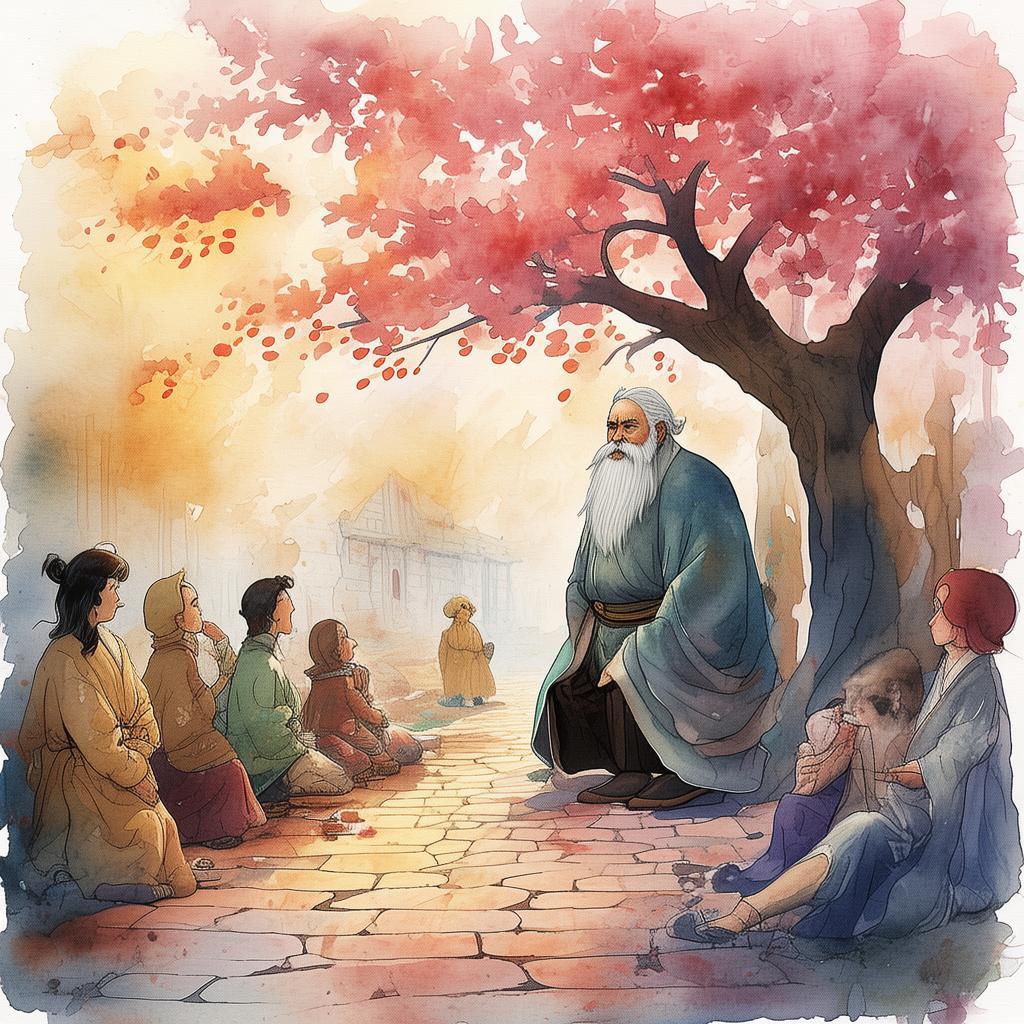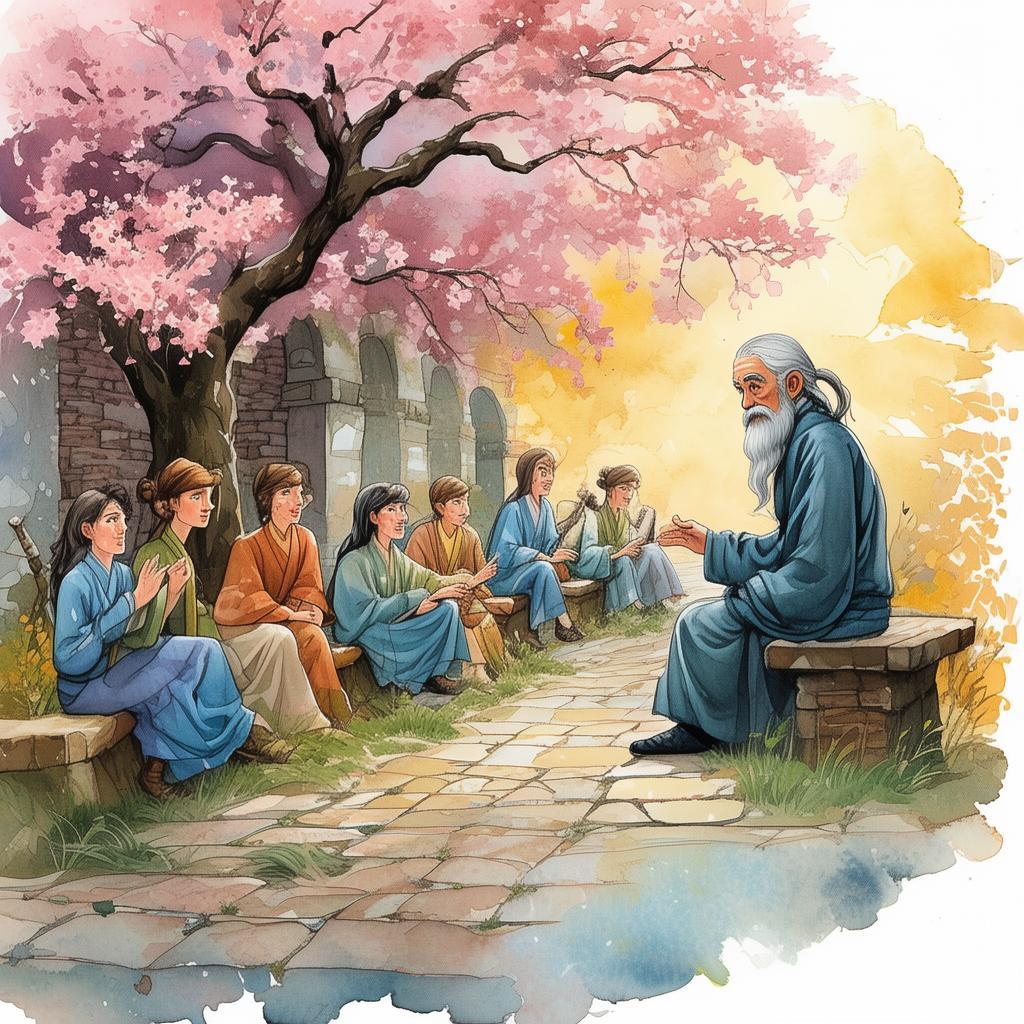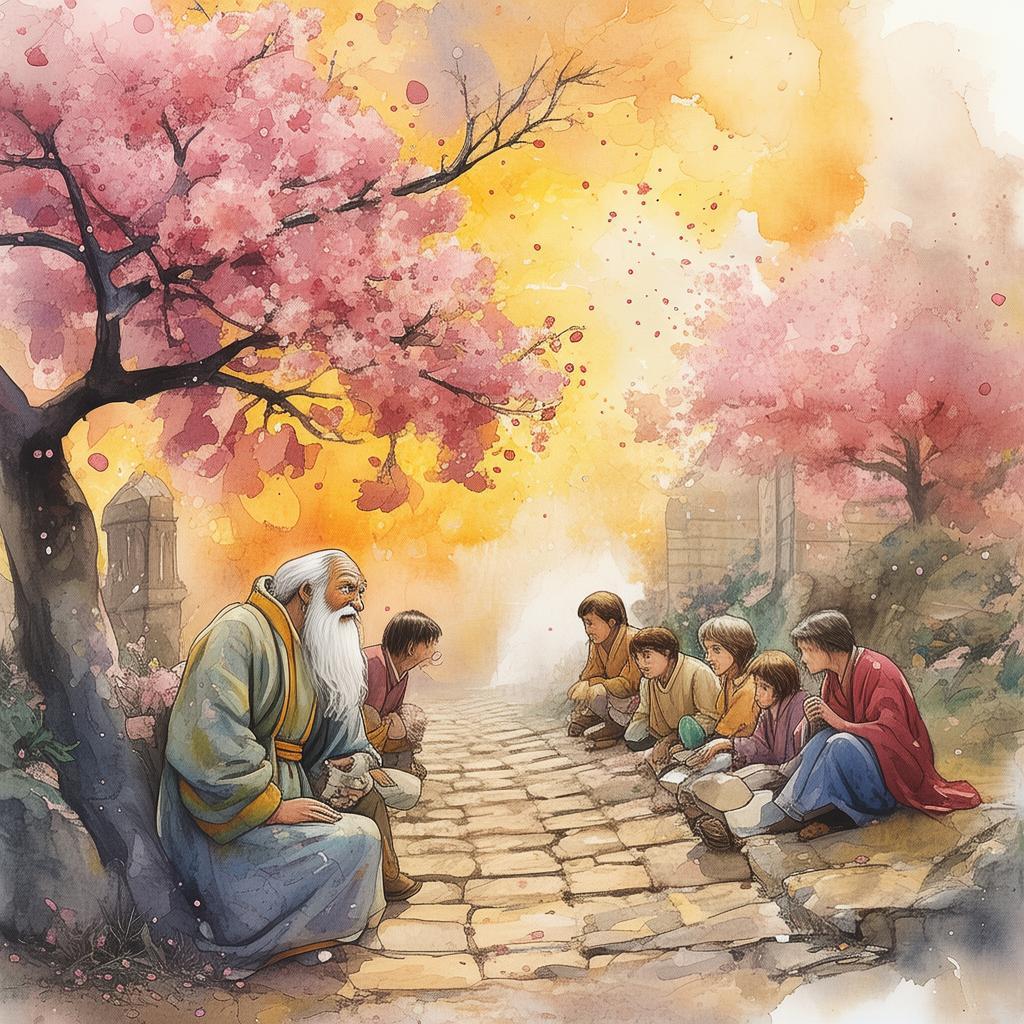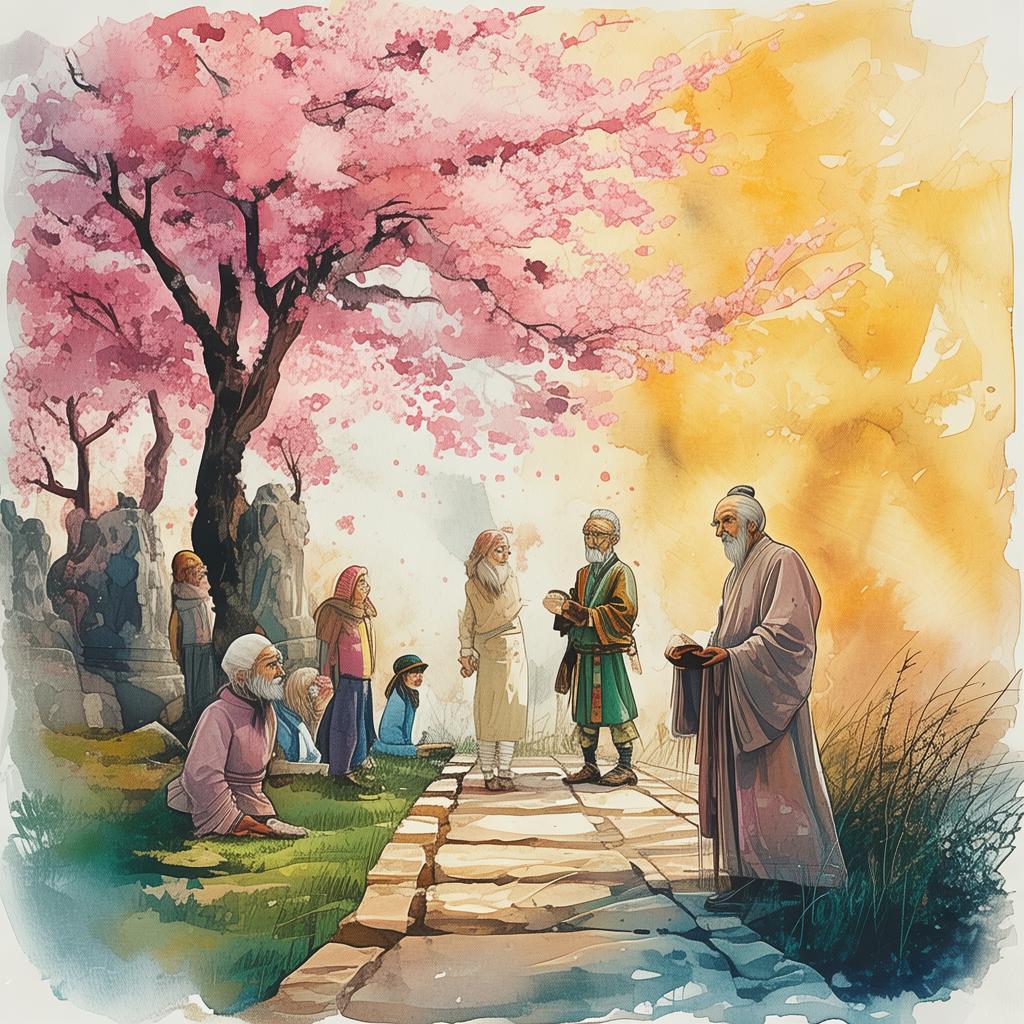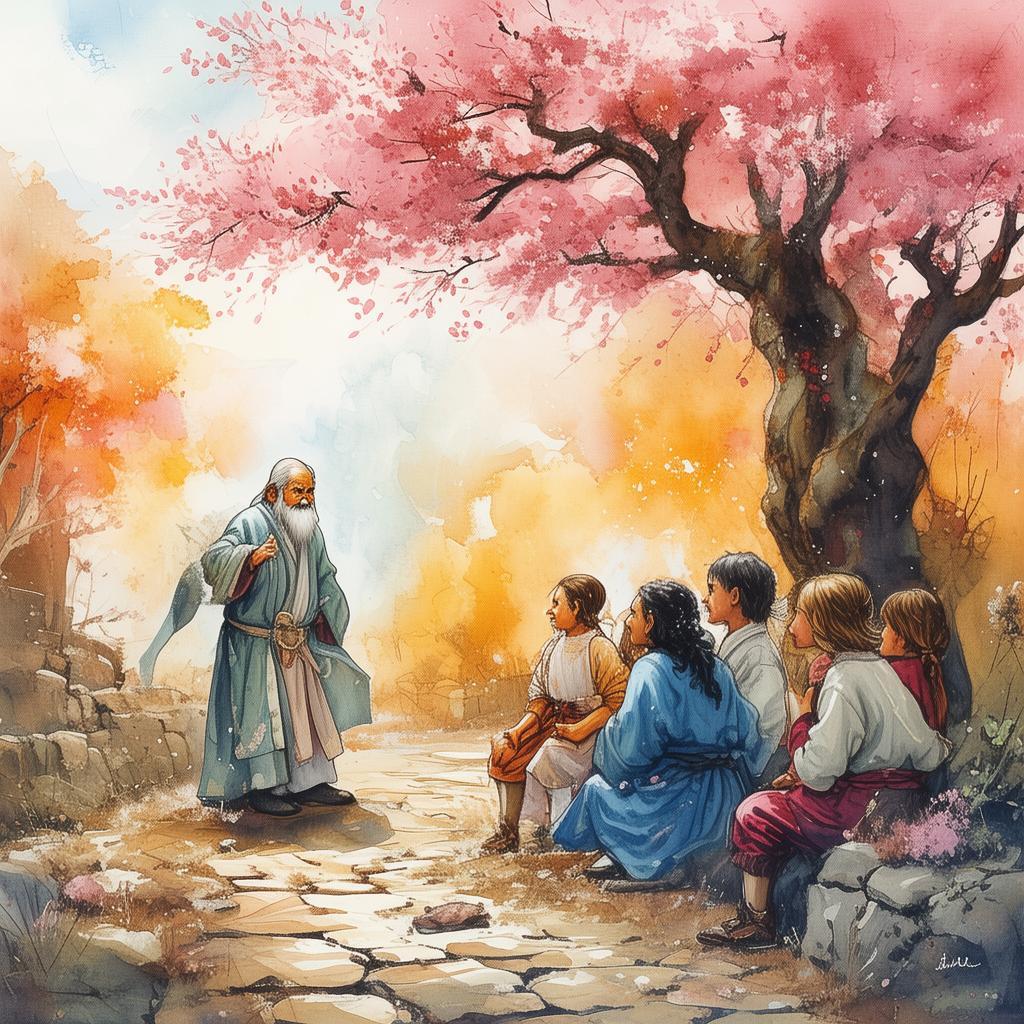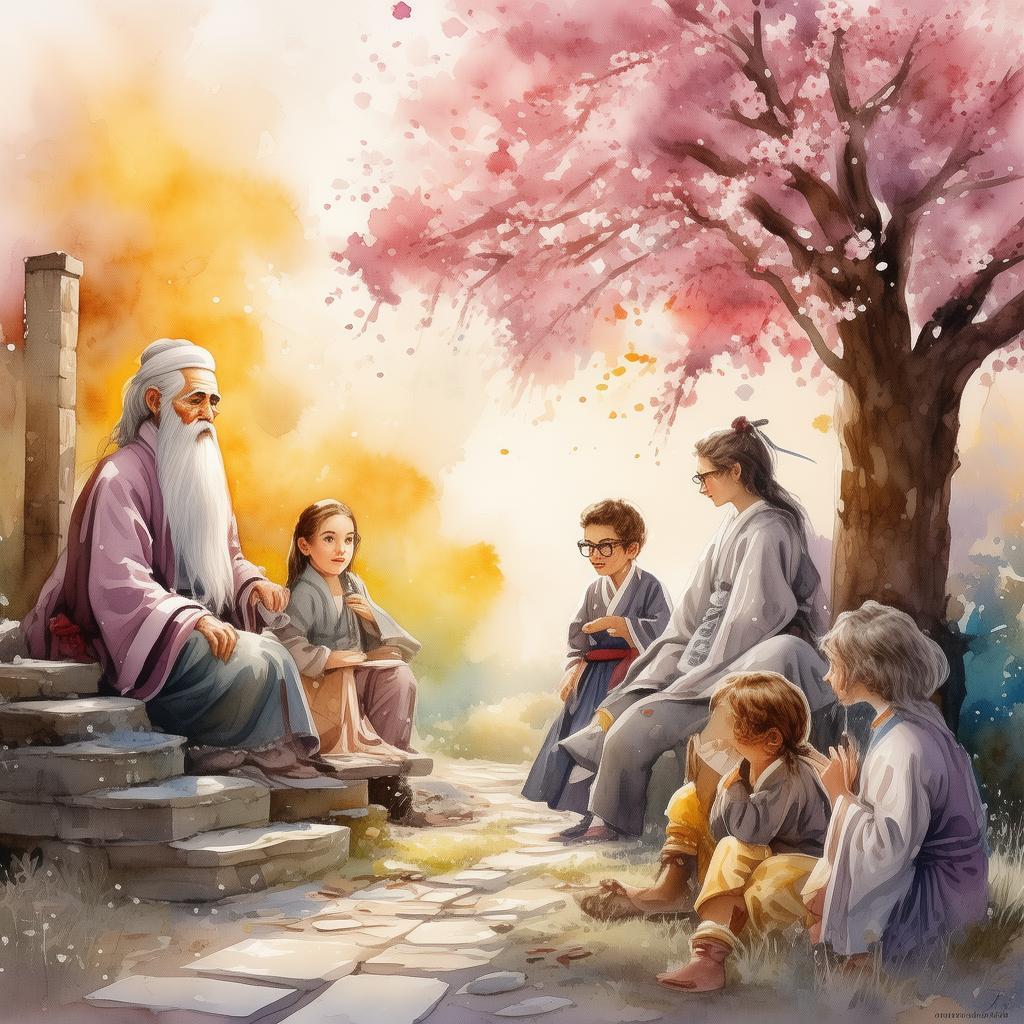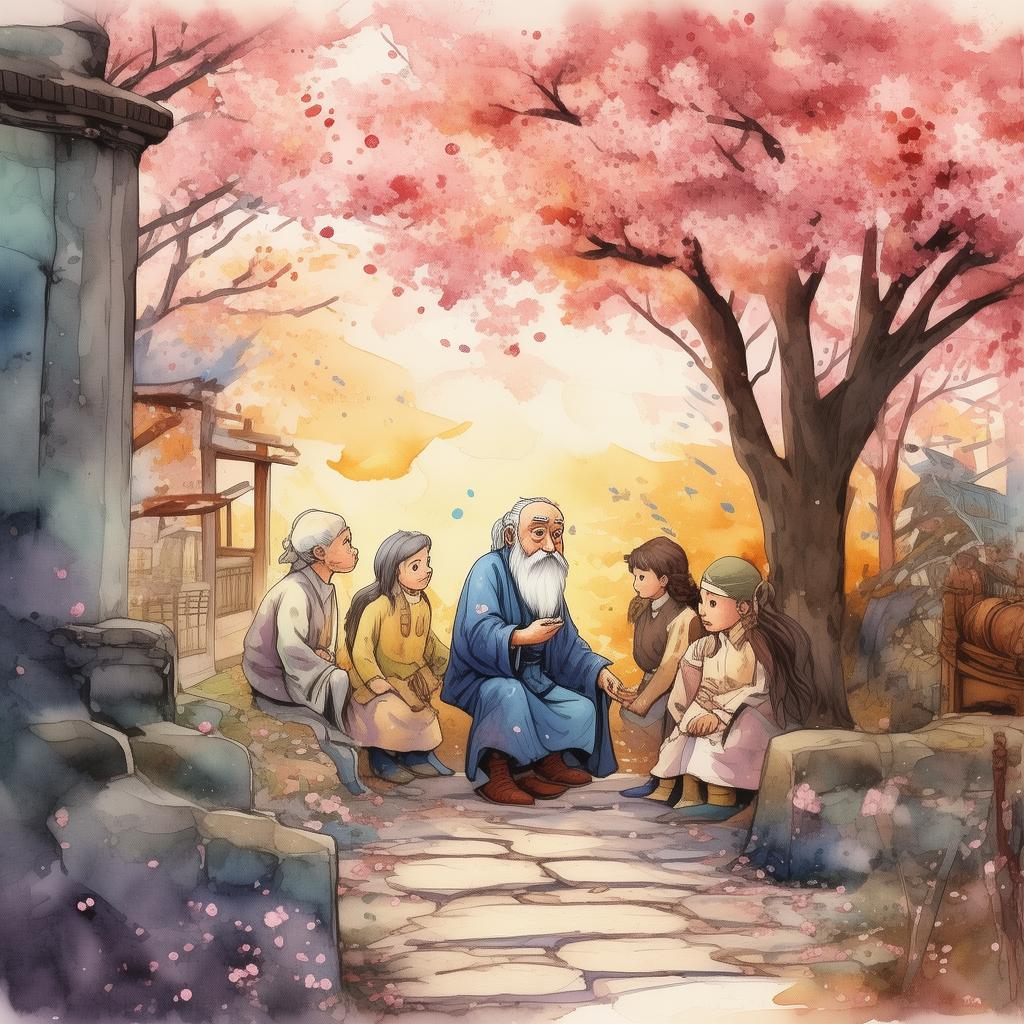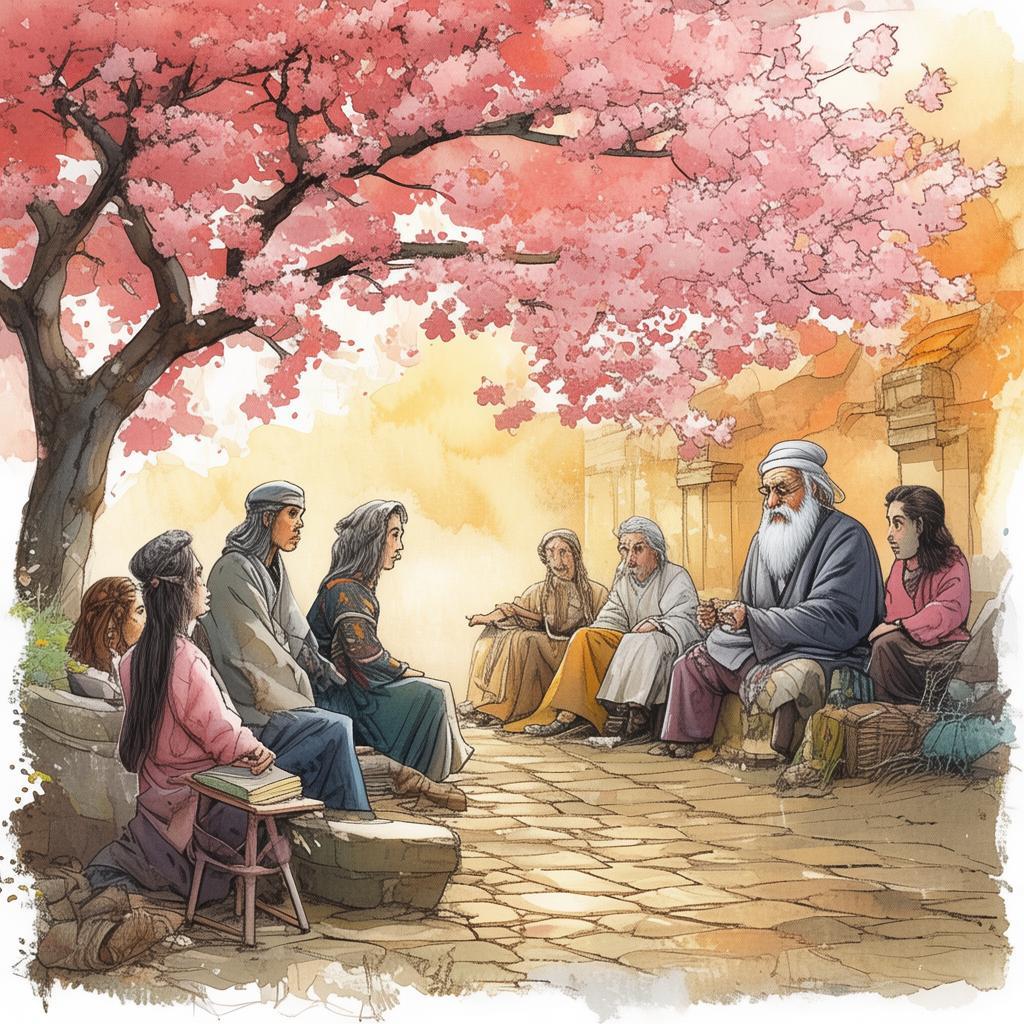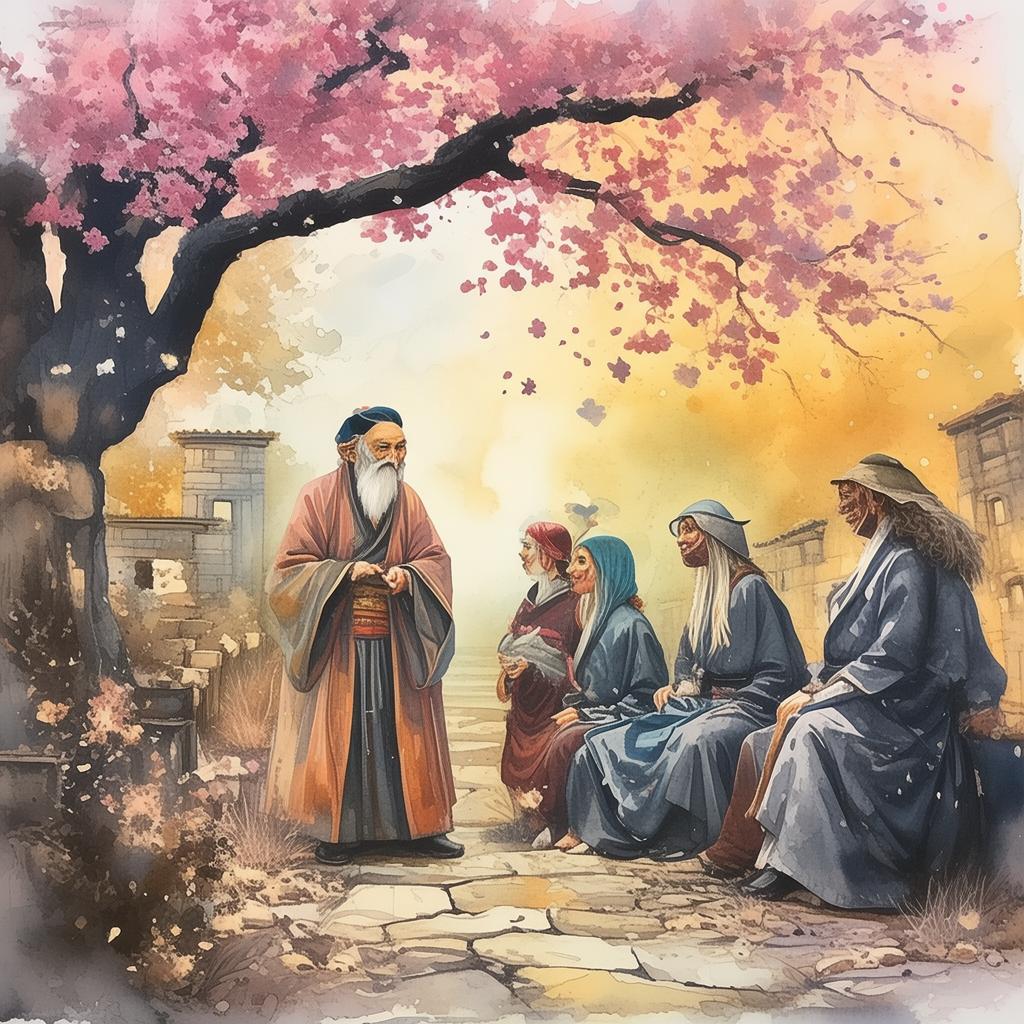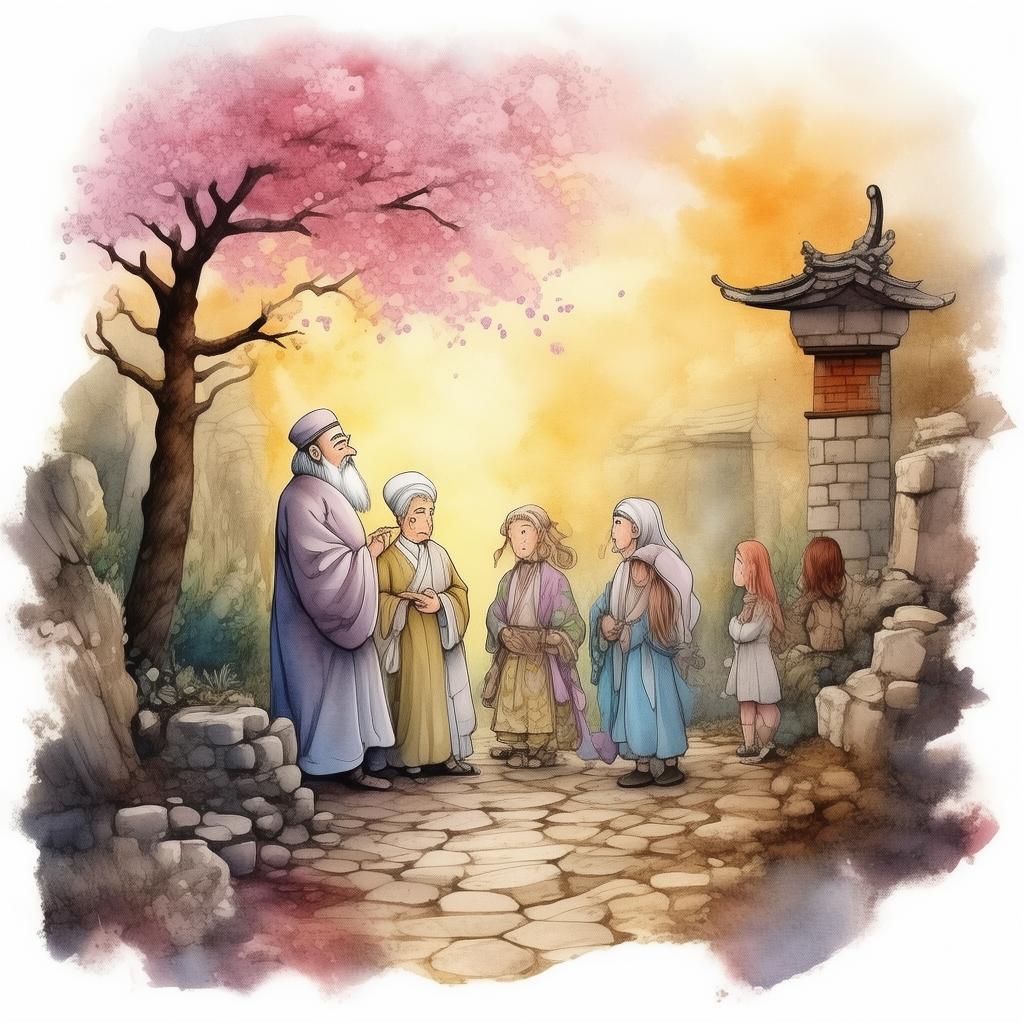Whispers of the Kiln: The Secret of the Ancient Vase
In the bustling city of Beijing, amidst the towering skyscrapers and the hum of the modern world, there was a quaint little museum that had stood the test of time. The museum, known for its vast collection of ancient artifacts, was the dream of Dr. Li Wei, a renowned archaeologist and ceramic enthusiast. Her latest project was an exhibition showcasing the ceramics of the ancients, a journey through time that promised to reveal the secrets of ancient civilizations.
As the grand opening of the exhibition approached, Dr. Li was in the final stages of preparation. She had spent months poring over ancient texts, deciphering cryptic symbols, and meticulously curating the collection. Among the artifacts was a particularly intriguing piece: a delicate blue and white vase, its surface adorned with intricate patterns that seemed to tell a story.
The vase, known as the "Secret of the Kiln," was a masterpiece of the Yuan Dynasty. It was said to have been crafted by a master potter who had been granted a divine vision, allowing him to create a vase that would hold the essence of ancient wisdom. The vase had been lost for centuries, only to resurface in the hands of a wealthy collector who had no idea of its true significance.
On the night before the exhibition, Dr. Li stood before the vase, her eyes reflecting the glow of the dim light. She reached out to touch the delicate glaze, feeling the coolness seep through her fingers. As she did, a faint whisper seemed to echo in the air, a voice that seemed to come from the vase itself.
"Listen closely," the voice seemed to say, "for the secrets of the kiln are not just in the clay, but in the hearts of those who seek to understand."
Curiosity piqued, Dr. Li began to research the vase's history, delving into ancient texts and visiting libraries across the city. She discovered that the vase was more than just a piece of art; it was a key to a forgotten proverb that had been passed down through generations of potters.
The proverb, "The potter's heart shapes the clay," spoke of the connection between the artist and their creation. It was a testament to the belief that the spirit of the artist was embedded within the ceramic, a living entity that could be awakened by one who understood its secrets.
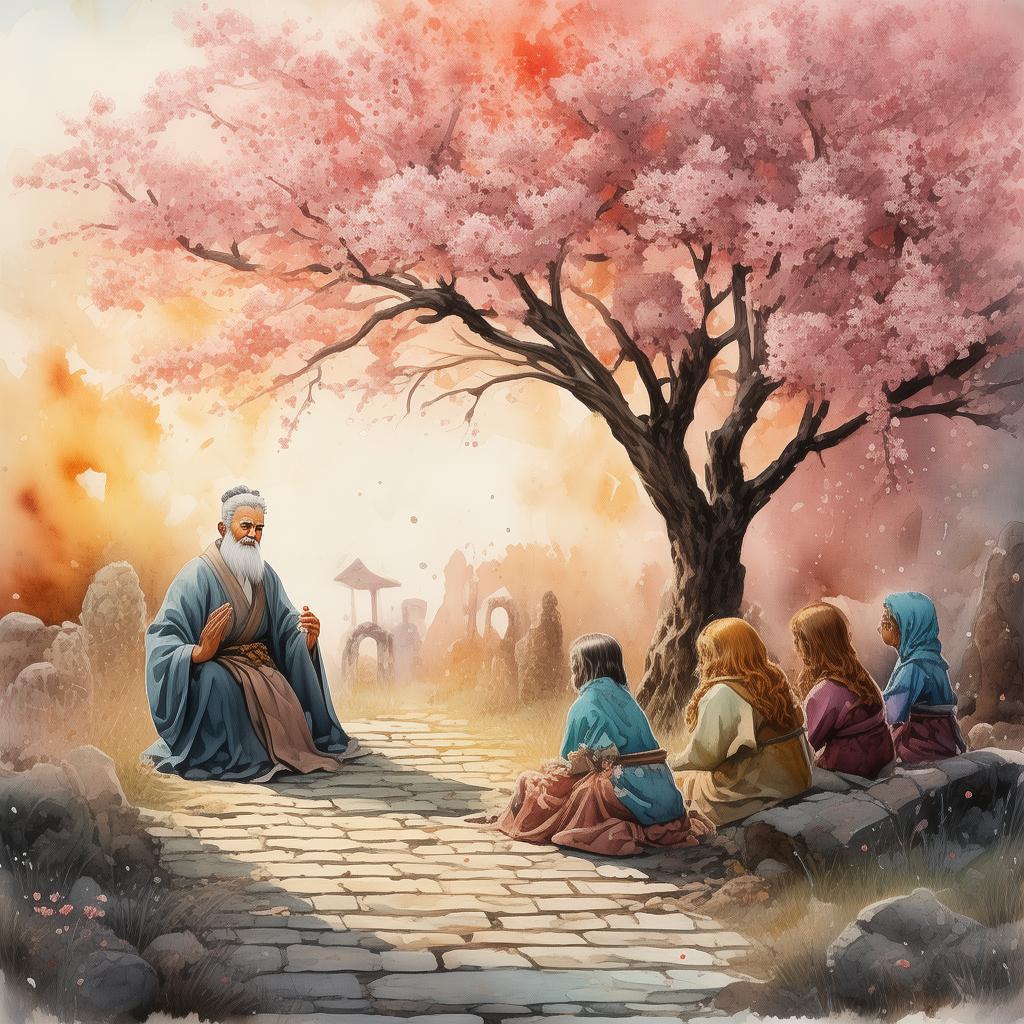
As the exhibition opened, Dr. Li presented the vase to the public, explaining its significance and the proverb that it represented. The crowd was captivated, drawn by the story of the vase and the mysterious voice that seemed to have spoken to her.
Days turned into weeks, and Dr. Li's research deepened. She discovered that the vase had been created by a potter named Hong, who had been granted a vision by the gods. The vision had shown him the future, and he had been instructed to create a vase that would hold the key to a great mystery.
Hong had been instructed to hide the vase in a place where it would be discovered by someone who could decipher its secrets. The vase had been buried in a secret kiln, where it had remained for centuries, waiting for the right person to find it.
As Dr. Li's research continued, she became increasingly convinced that she was the one chosen to uncover the vase's secrets. She traveled to the kiln, a place shrouded in mystery and legend, and began to uncover the truth behind the ancient proverb.
Inside the kiln, she found a series of symbols that seemed to point to a hidden chamber. With the help of her colleagues, she deciphered the symbols and discovered a hidden door. Behind the door was a chamber filled with ancient scrolls and artifacts, including a scroll that detailed the story of the vase and the prophecy it held.
The scroll spoke of a great power that could be unleashed if the vase was used to bring together the scattered pieces of ancient wisdom. It was a power that could change the course of history, but it could also bring great danger.
Dr. Li knew that she had to make a decision. She could choose to keep the vase's secrets to herself, or she could share them with the world, knowing that the power it held could be used for good or for ill.
As she stood in the chamber, surrounded by the echoes of the past, she realized that the true power of the vase was not in the ceramic itself, but in the wisdom it held. The power lay in the hearts of those who sought to understand it.
With a deep breath, Dr. Li decided to share the vase's secrets with the world. She knew that the power it held was too great to be kept hidden, and that the wisdom it contained could be used to guide future generations.
The exhibition continued, and the "Secret of the Kiln" became a symbol of the enduring connection between the past and the present. Dr. Li's discovery had not only brought the ancient vase to light but had also illuminated the path to a deeper understanding of the world's history.
In the end, the vase was not just a piece of art; it was a testament to the enduring spirit of human curiosity and the power of ancient wisdom. And as the whispers of the kiln continued to echo through the museum, Dr. Li knew that the true secret of the vase was the knowledge that it held within the hearts of all who sought to understand it.
✨ Original Statement ✨
All articles published on this website (including but not limited to text, images, videos, and other content) are original or authorized for reposting and are protected by relevant laws. Without the explicit written permission of this website, no individual or organization may copy, modify, repost, or use the content for commercial purposes.
If you need to quote or cooperate, please contact this site for authorization. We reserve the right to pursue legal responsibility for any unauthorized use.
Hereby declared.
